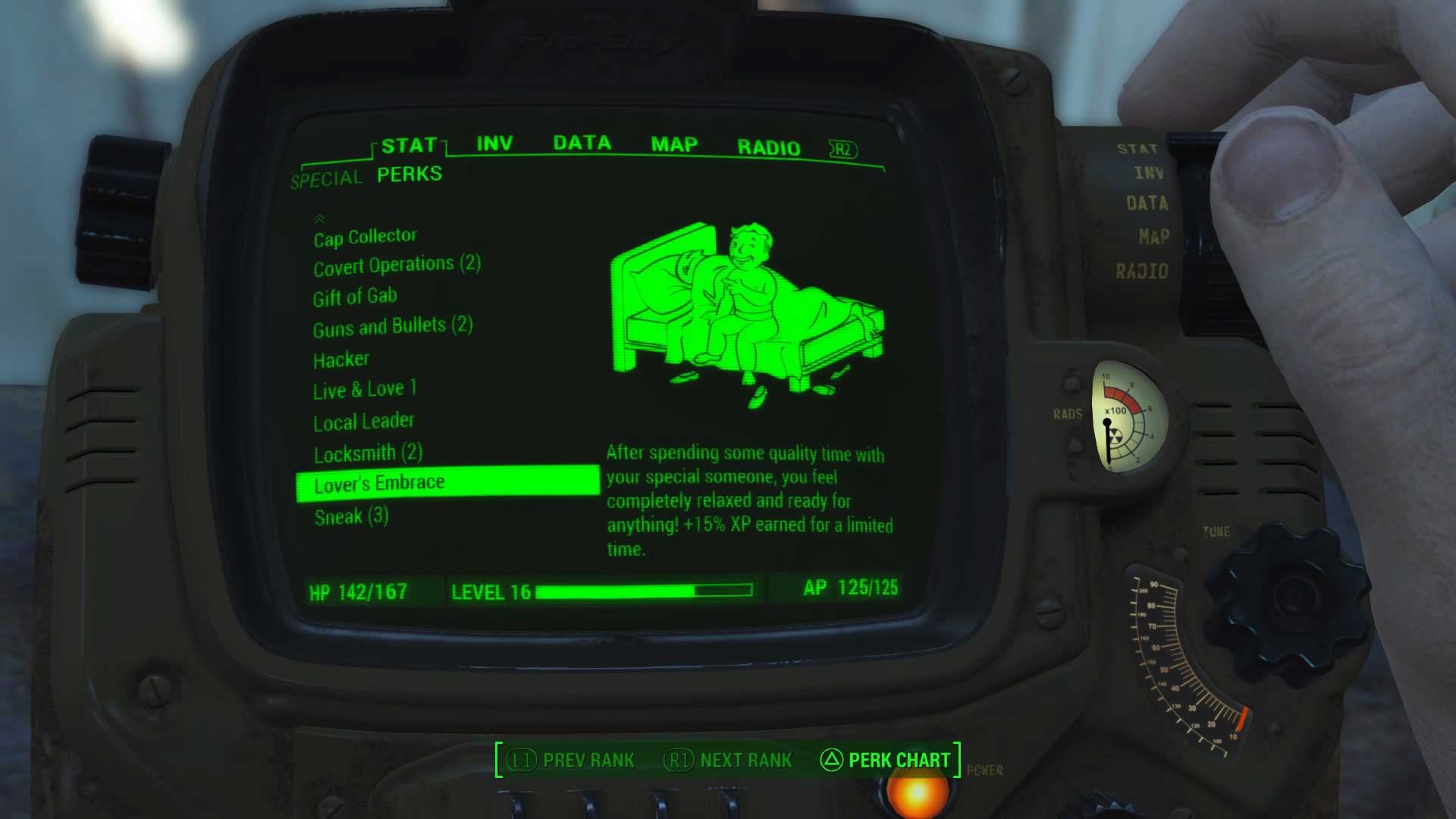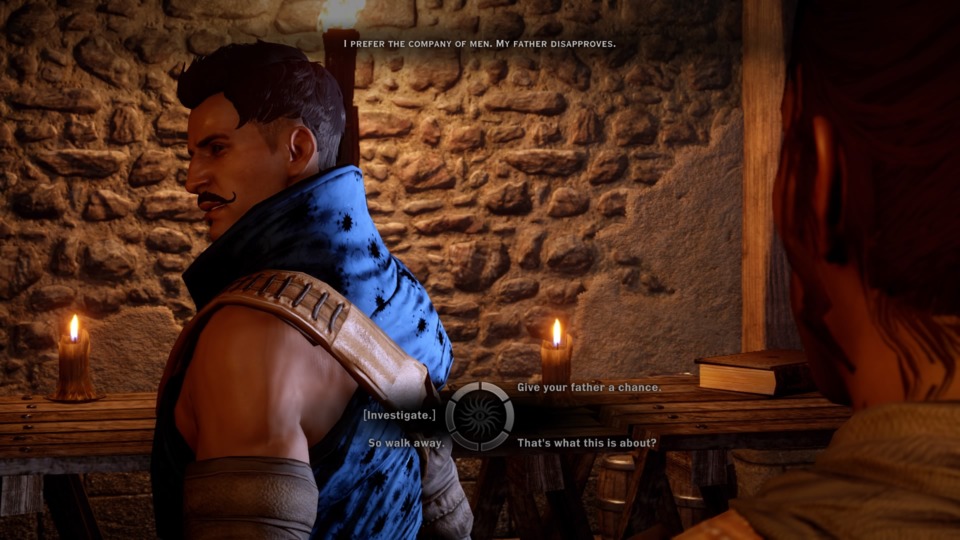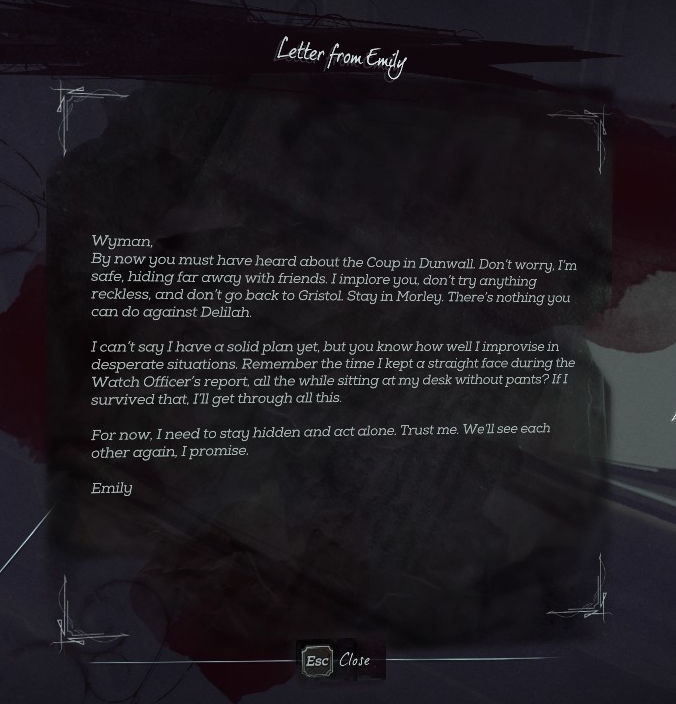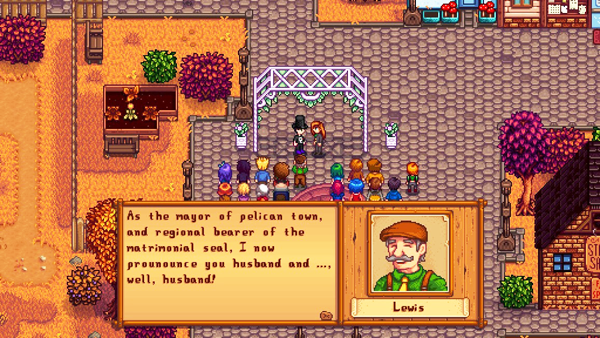Avoiding the avoidable: Why 'optional' queer content isn't solving the diversity problem (and how to fix this)

- September 23, 2017
Alayna Cole
Alayna Cole is a producer at Sledgehammer Games and the managing director of Represent Me. She champions diversity and inclusion in the games industry, with a particular research focus on LGBTQ+ representation. Alayna co-wrote 'Cooperative Gaming: Diversity in the Games Industry and How to Cultivate Inclusion' and 'Games as Texts: A Practical Application of Textual Analysis to Games', is a co-chair of the IGDA LGBTQ+ special interest group, and holds a doctorate of creative arts.
‘Playersexuality’ describes the phenomenon of romanceable non-player characters being interested in the player-character regardless of their gender, typically in very heteronormative gameworlds. It’s the ‘easiest’ form of queerness to incorporate into a game; in fact, it’s even easier to implement than heterosexual-only romances, as developers don’t need to change these characters’ interactions with the player based on the gender selected during character creation. And because it’s entirely optional, it allows developers to hedge their bets, appealing to those who are interested in queer relationships while making them avoidable for any homophobic players picking up the game.

These might read like the ‘benefits’ of relying on playersexuality—which, to be honest, is why the approach has become so common. However, using player-centric methods of incorporating diversity in games is not beneficial to the medium overall.
Playersexuality does not actually promote diversity in games at all. To quote Shaw (2015), these methods of incorporating marginalised perspectives are in fact a form of ‘pluralism’, not diversity. They expect players to be responsible for the labour of incorporating non-normative characters, and because these players are not forced to experience new perspectives, this implementation does not allow games to have transformative, educational effects more broadly. This applies not only to diverse sexualities, but all forms of diversity where the player is responsible for whether or not it is seen in-game.
The prevalence of playersexuality means that the semblance of bisexuality is common in games, but it isn’t truly ‘visible’. It is hidden, it is optional, and it relies on the player to bring it to life. So, how can you create visible bisexuality in your games?
Here are some tips for creating explicitly bisexual characters—and for incorporating other diverse sexualities too!
Preferences

It is important that you establish unique preferences for each of your NPCs when it comes to romantic or sexual relationships. These preferences will likely include gender, but may also include other things. The world is full of interesting people who look for all sorts of different traits in their partners—you can draw on this for inspiration! Don’t forget that attraction to a particular gender doesn’t necessarily mean attraction to everyone of that gender.
Also, remember that you can include characters with a lack of sexual or romantic attraction. Asexual and aromantic folk exist, and are struggling to find genuine, authentic representation in games (and other media). These identities are a spectrum too, with each individual having a different experience. As with inclusion of all marginalised characters, make sure you do your research—hire experts, pay consultants, and read widely.
The preferences that you give your NPCs may mean they are no longer interested in romancing the player-character. That’s okay! They might be the ‘hero’ in their world, but that doesn’t necessarily mean every person in your gameworld needs to be interested in having sex with them or marrying them. Restricting the player in this way can actually lead to them creating more meaningful connections with NPCs—both romantically and platonically.
And make sure you also consider the sexualities of characters who are not potentially romanceable by the player-character too. Your NPCs have sexualities (and lives), even if they aren’t interested in dating the player—populating the spaces around your player with information that does not directly pertain to them only works to make your gameworld feel more diverse and interesting.

Personal histories
Commonly, games that rely on playersexuality don’t refer to the personal histories of NPCs, as accidentally referring a past romantic partner of the ‘wrong’ gender can be jarring for a player who is trying to pretend that NPC has a particular sexuality. In cases where past relationships are mentioned, they are often heterosexual pairings, as these are just more expected.
To avoid playersexuality, give your NPCs unique sexual and romantic histories. Some of these may be the heterosexual pairings more commonly seen in games, but also consider including queer relationships. Remember, gender is a spectrum, not a binary, and these queer relationship histories may involve people with nonbinary genders!
Also, relationships are not the only way that people come to terms with their sexualities and identities. One-off dates, awkward kisses at parties, or even an experience identifying with a romantic scene in a movie… moments like these might have all been part of a character’s journey to their understanding of their sexuality.
Gameworld
It’s not unusual for games featuring playersexual relationships to have unnervingly heteronormative gameworlds. For example, Stardew Valley has a playersexual romance system, but every other relationship in town is a heterosexual pairing. Although NPCs are mostly accepting of a queer relationship (should the player-character choose to pursue one), the lack of queerness elsewhere in the game makes representation entirely optional. It’s confusing that the assortment of young romanceable characters living in this small town have had seemingly no romantic histories with anyone else.
If your player-character is able to have relationships in-game, ensure they aren’t the only one. Have other relationships forming and progressing around your player-character, and make some of these relationships queer! Don’t always default to heterosexual pairings.
But how do we include this in-game?
Planning for explicit queerness is one thing, but incorporating it into a game is another! You can include NPC preferences, personal histories, and additional relationships into your gameworld in a number of ways.
- Reveal information about characters organically using dialogue. NPCs might make passing references, flirt with the player-character, or give the player-character opportunities to ask questions.
- Once a player-character has gained the trust of an NPC, it might make sense for them to talk explicitly about their sexuality, use identity labels, and discuss their successes or struggles.
- Try to avoid always hiding references to queerness in avoidable branching dialogue!
- Use artefacts in the game world to reveal queerness, like letters, cards, diaries, emails, and audio recordings.
- Use other visual clues to indicate queerness, like photographs, jewellery or other trinkets, houses with multiple occupants but only one bedroom, etc.

Be inspired by the ways that people in your life signify that they are interested in other people, or are dating, married etc. However, try to avoid using stereotypes to highlight NPC sexualities: not every gay man is flamboyant and camp, not every lesbian is butch, and not every bisexual is interested in promiscuity, for example.
Conclusion
Although queerness is becoming more common in games, it’s often tied to player freedom rather than NPC identity. Playersexuality is more about allowing players the ability to do whatever (or whomever) they please, rather than focusing on making queer identities visible and unavoidable to a player.
Playersexuality has its place; some games are designed to be an open-world experience where all options are available. But there are many games that would benefit from (or would not be harmed by) incorporating more explicit queerness, if only to diversify their gameworlds and the narratives that can be told within them.
Notes:
* Bisexuality is not the only non-monosexual identity that exists. ‘Plurisexual’ is a term used to encapsulate bisexual, pansexual, omnisexual, queer, and all other non-monosexual identities.
References:
Shaw, A. 2015. Gaming at the edge: Sexuality and gender at the margins of gamer culture. Univ Of Minnesota Press.
